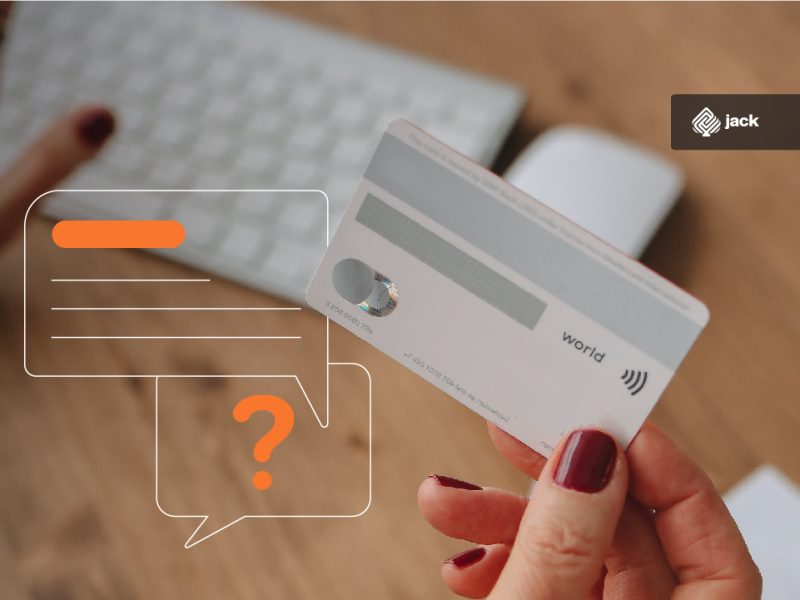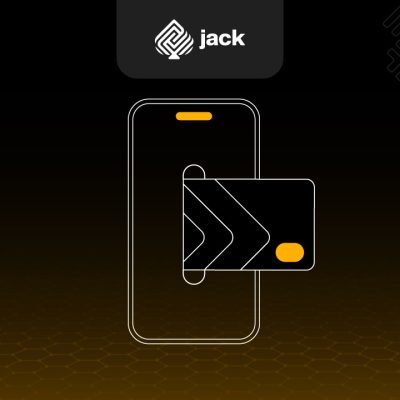Explanation of debit card CVV is the card verification value, a term often used when making online payment transactions using debit or credit cards.
This CVV or CVC is a code consisting of the last 3 digits located on the back of credit, debit, or ATM cards.
CVV and CVC are not much different and are only distinguished by the payment network company that issued them. If the card has a Visa logo, the term CVV will be used, and if it has a MasterCard logo, it can use the term CVC for both credit and debit cards.
Explanation of debit card CVV
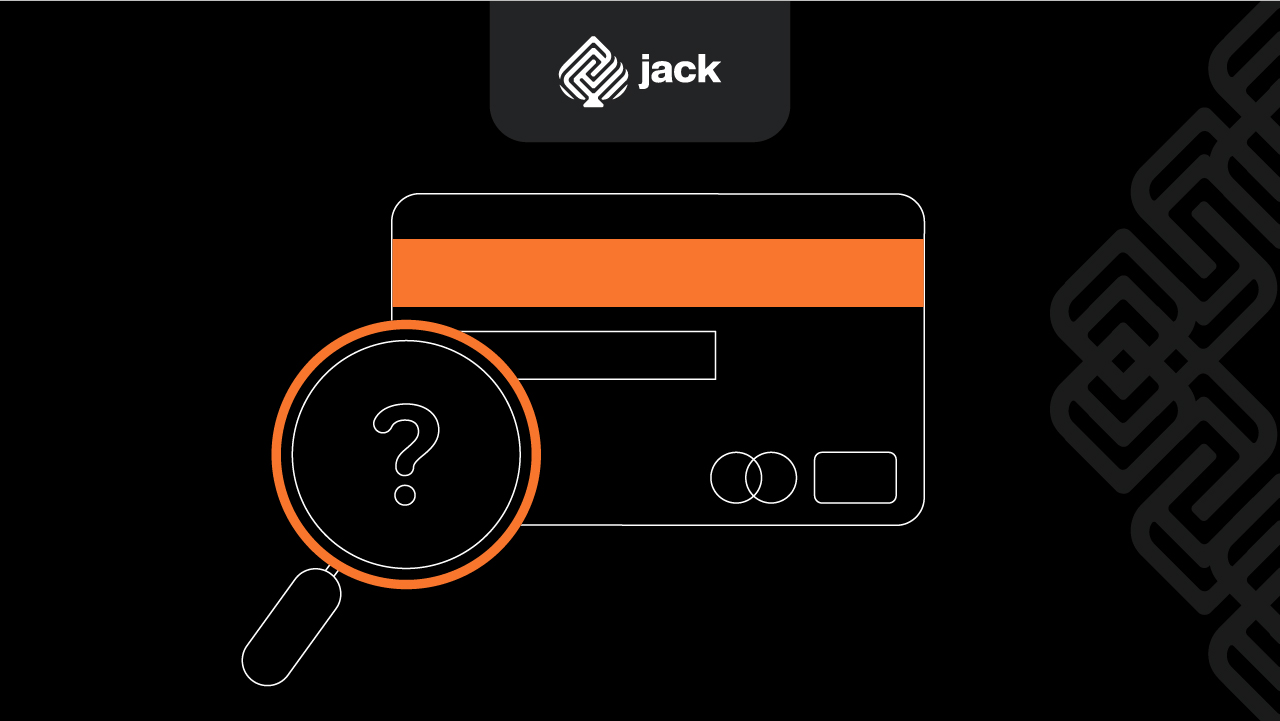
CVV or card verification value is a term that is very familiar in using online payment transactions through debit or credit cards. This CVV is more commonly known as CVC, which consists of the last 3 digits located on the back of the debit card.
Therefore, CVV is a code that can support various transaction activities to be more secure and not known by others. However, it should be noted that this CVV code is different from the PIN usually entered when using an ATM card.
CVV History
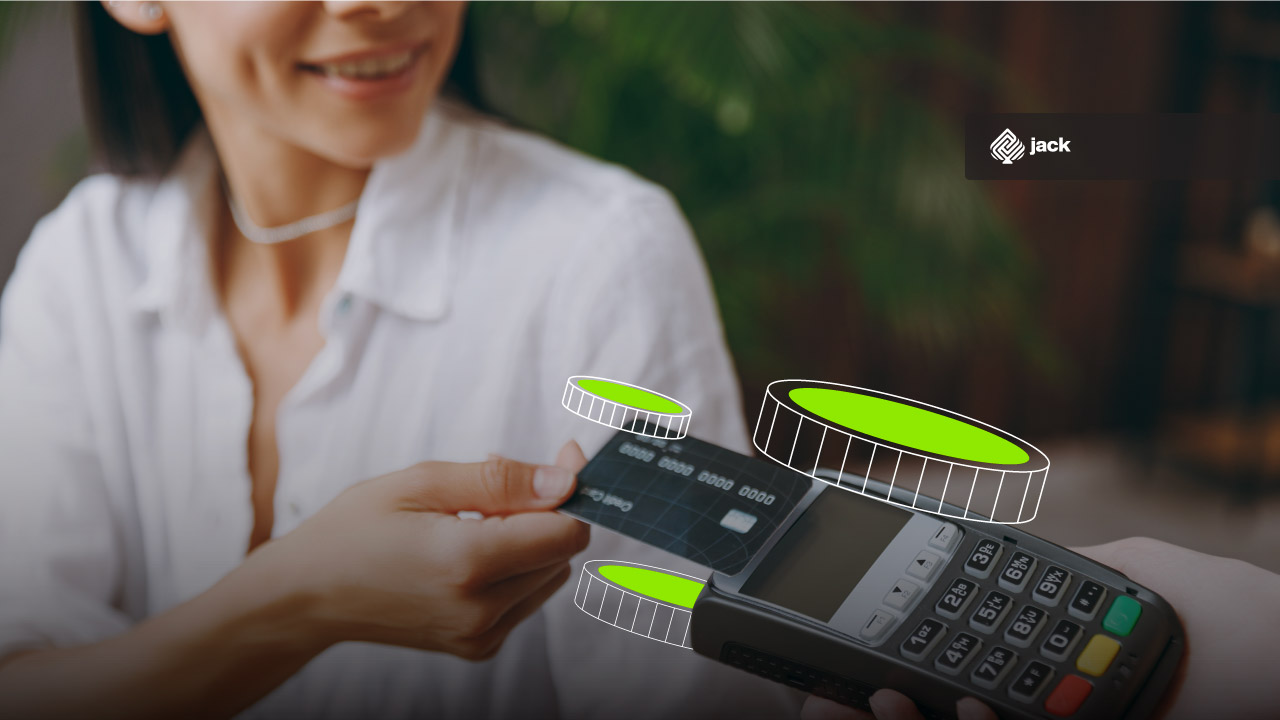
CVV or CVC was created to assist in securing the use of debit cards with its security code. The first CVV was created by MasterCard in 1997, and Visa followed suit by using CVV in 2001.
Since 2003, the use of CVV and CVC has been standardized worldwide due to its excellent security function.
The usefulness of CVV is to provide convenience in identifying transactions that you will make when using a debit or credit card, especially when you want to make transactions with a large amount. If you do not include the correct CVV code, the transaction may be automatically rejected or blocked to prevent further transactions.
CVV as a Security Code for Transactions
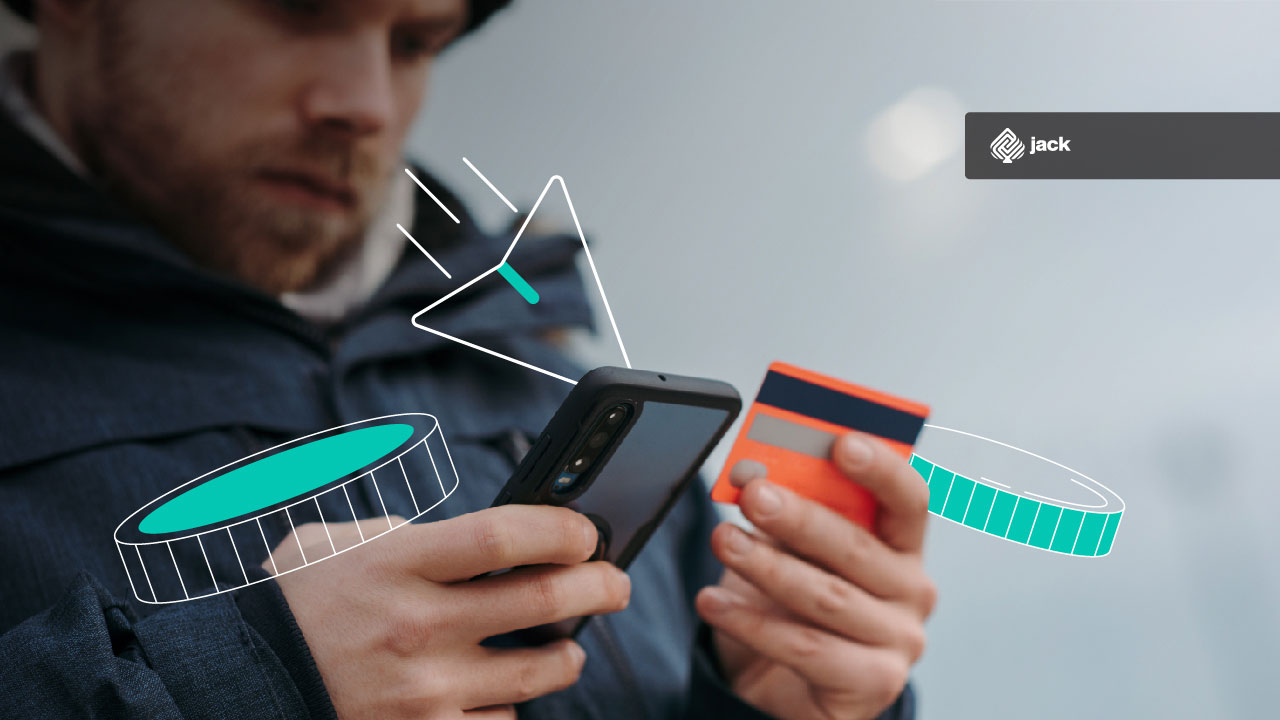
CVV is a security tool that supports electronic payment transactions, which has been used since 1997 by Visa, followed by MasterCard in 2001, until finally in 2003, the use of CVV or CVC was standardized to provide protection for customers when making online payment transactions.
CVV or CVC is a secret digital number, so never give out your CVV or CVC number from your credit or debit card to anyone without prior approval when conducting banking transactions with your card.
With the rise of crimes in the banking world, bank issuers rely on CVV or CVC codes to ensure the security of customers’ transactions.
The issuing bank has established a 16-digit unit that, along with three or four CVV or CVC codes on the back of the card, is printed separately from the 16 digits and located at the right end of the ATM card strip.
Spend with Flexibility, Anywhere with Jack
The Difference Between CVV and PIN
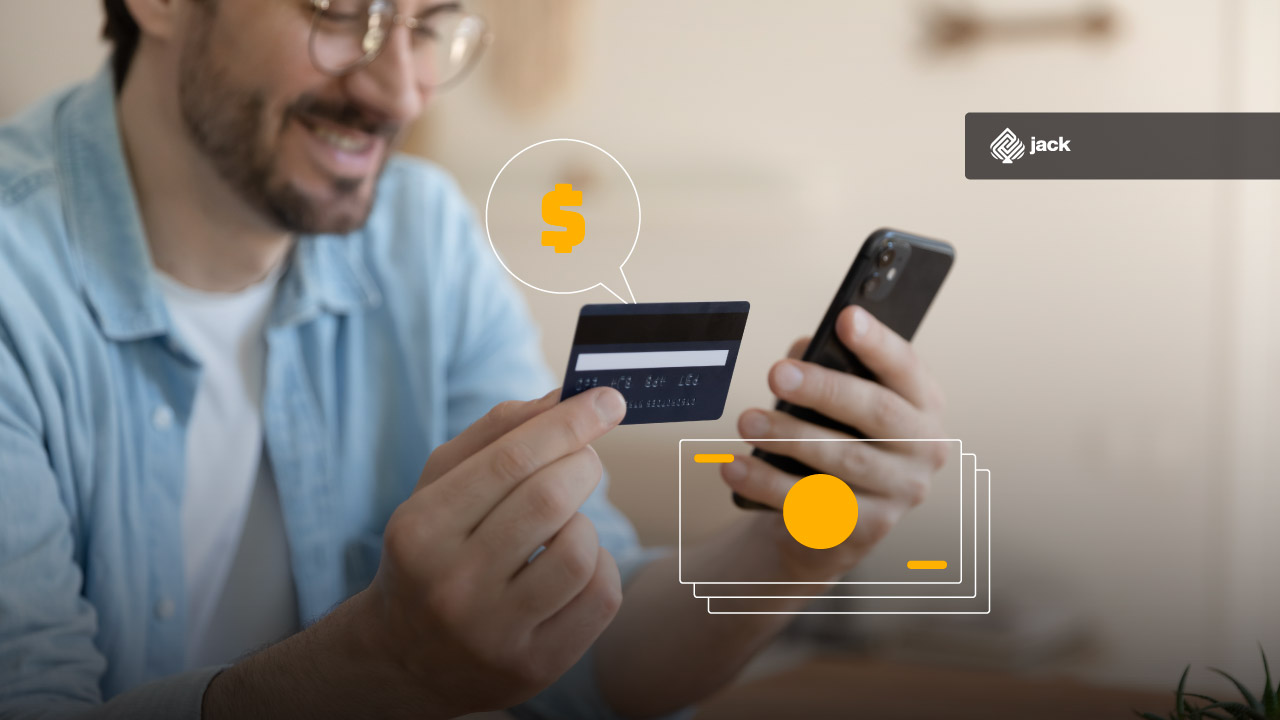
CVV is not the same as the PIN code used by bank customers at ATMs. CVV is a replacement code for a PIN and signature that can be used for verification that the cardholder or customer is indeed the owner of the card when completing transactions, whether online or offline.
In addition, CVV is a form of assurance from the bank that it trusts the customer with online transactions, even with large amounts of money.
If the customer does not use the CVV, the payment process may be rejected, and the credit card may even be blocked. Therefore, it is important to understand the differences between CVV and PIN, which are as follows:
– The bank PIN can be changed at will by the customer, while the CVV is a permanent code.
– The PIN is entirely controlled by the customer, while the CVV is a unique code provided directly by the bank when issuing a debit or credit card.
– The PIN is used when the customer has already made an offline or physical transaction, while the CVV is needed when making online transactions.
– The PIN number can be the same for many ATM card users, but the CVV is always unique. Even if the bank issues a new debit card with the same 16-digit number as the old one, the CVV number will still be different.
Types of Cards with CVV
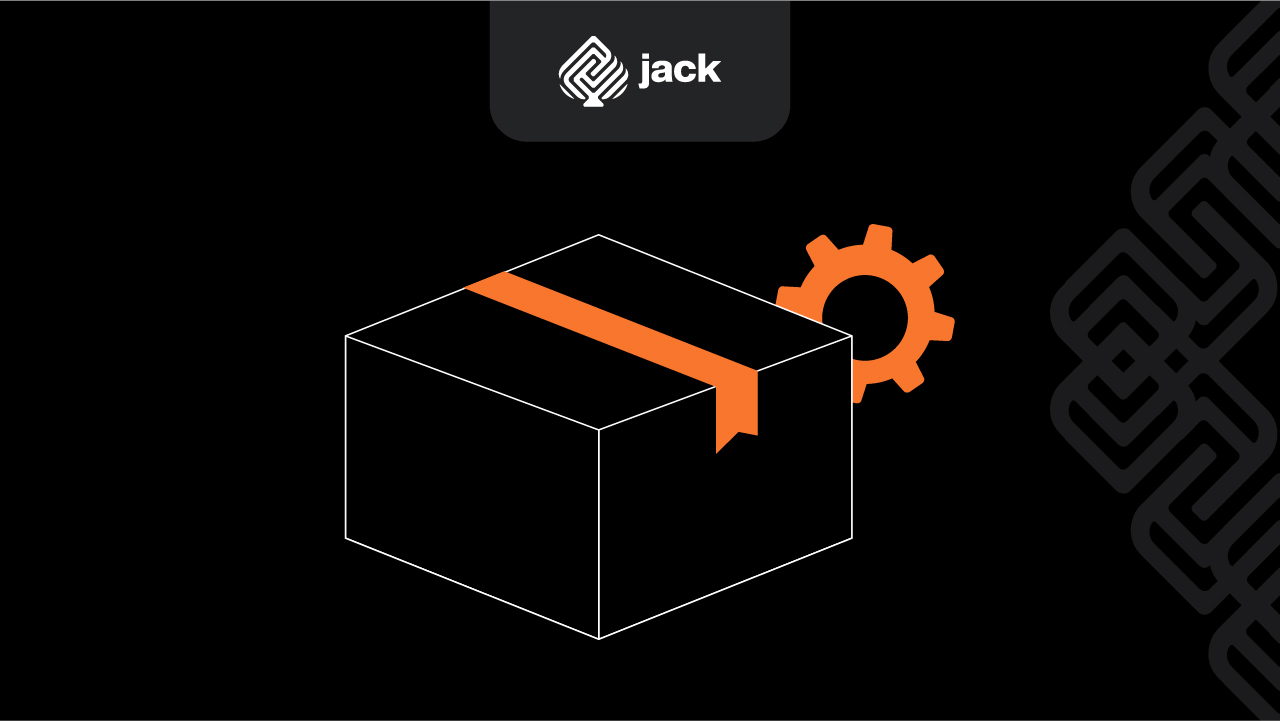
1. Visa and MasterCard
All types of debit cards with Visa and MasterCard logos already have a CVV code on the card because CVV is initially used on these two cards, which are trusted worldwide.
Visa and MasterCard debit cards can be used worldwide with several merchants who have their logos.
However, it is important to note that you should not forget to secure the CVC code to support the desired transaction activities.
Debit cards issued in Indonesia can only be used in Indonesia, but with GPN, debit cards can now be used on various types of EDC machines.
2. Paypal
CVV is also present on Paypal cards, which are usually used when the cardholder makes online transactions. For Paypal users, the system will provide CVV options that can be adjusted to the transaction amount.
See also video tutorials from financial and business from Jack.

